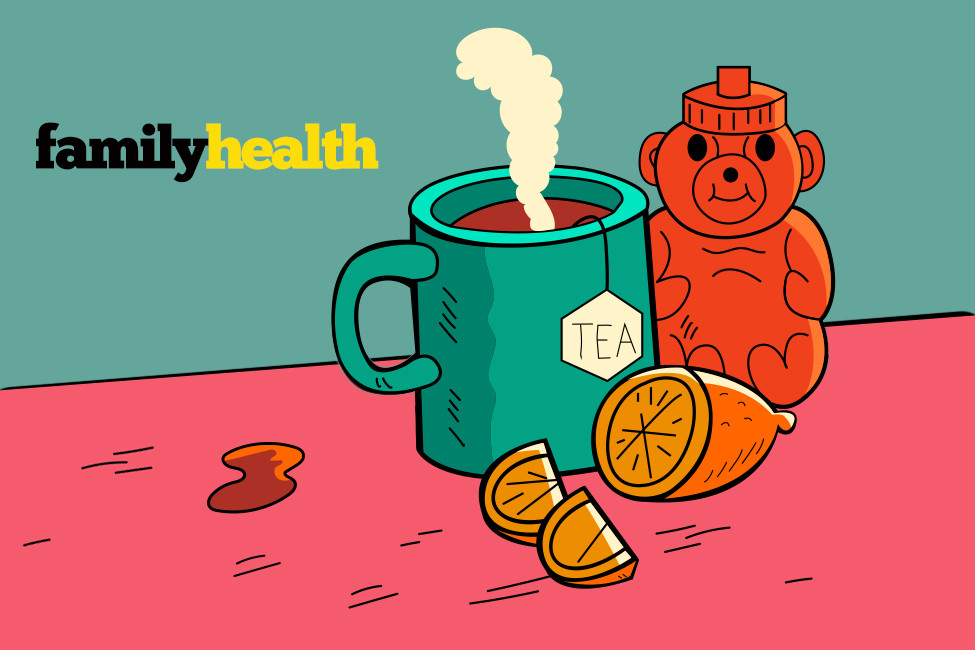7 Myths About Cold and Flu Season Debunked

It’s our least favorite time of the year – cold and flu season! It's likely that you, or someone in your family, will contract some kind of illness before the season ends. It’s still worth the effort, though, to avoid getting sick, which begins with knowing what strategies are beneficial, and which beliefs are accurate. Clearing up these seven myths may help.
Myth 1 – You can catch a cold from being outside in cold weather.
Many people cling to the belief that going outside not properly dressed on a cold day will cause you to become sick. While it’s true that more people get sick during the colder months, being in the cold weather will only make you colder. Staying indoors can actually increase your chances of catching a cold because you’re in closer proximity with someone who could be contagious.
Myth 2 – You can get a cold only from someone who sneezes or coughs close to you.
When an infected person sneezes or coughs near you, their illness can spread from one person to another, but it’s not the only way. Direct contact with someone who has a cold is even more likely to make you sick. Several major studies have shown that hand-to-hand contact is the most common way to spread viruses.
Myth 3 – Your cold can turn into the flu.
It’s important to know that different viruses cause the flu and the common cold. A cold can't morph into the flu. Since both illnesses have similar symptoms, it can be challenging to tell the difference between them. The flu is severely worse than a cold, with more intense symptoms such as fever, body aches and extreme exhaustion.
Myth 4 – The flu isn’t that serious.
Serious complications and death result every year from the flu. According to the Centers for Disease Control and Prevention, in an average year, up to 40,000 Americans die from influenza, and more than 250,000 are hospitalized. Those at higher risk for complications include children under 5, adults over 65, pregnant women and those with chronic illnesses.
Myth 5 – A flu shot can give you the flu.
No, a flu shot cannot cause flu illness. Current flu vaccines are made from viruses that have been “inactivated” and are therefore not infectious.
Myth 6 - If you don’t get a flu shot by January, it’s too late.
It's never too late to get a flu shot during flu season, which usually peaks in February, but can extend through May. The shot protects you, and those around you who are more vulnerable.
Myth 7 – There’s no way to reduce the duration of a cold or flu.
The key to cutting the flu short is to act right away. If you can see your physician within the first 48 hours of infection, you may be able to cut down the number of sick days.
Remember These Tips
When navigating the cold and flu season, keep these tips in mind:
- Getting a flu vaccine is the first and most important step in protecting yourself.
- Try to avoid close contact with sick people.
- Cover your nose and mouth with a tissue when you cough or sneeze. Throw the tissue in the trash after you use it.
- Wash your hands often with soap and water.
- Avoid touching your eyes, nose and mouth. Germs spread this way.

Dr. Lubna Maruf, medical director at QualChoice Health Insurance, is a graduate of Aga Khan Medical University in Pakistan and completed her residency at Michael Reese Hospital and Medical Center, affiliated with the University of Illinois at Chicago. She has more than 20 years of experience in internal medicine and health care administration.
